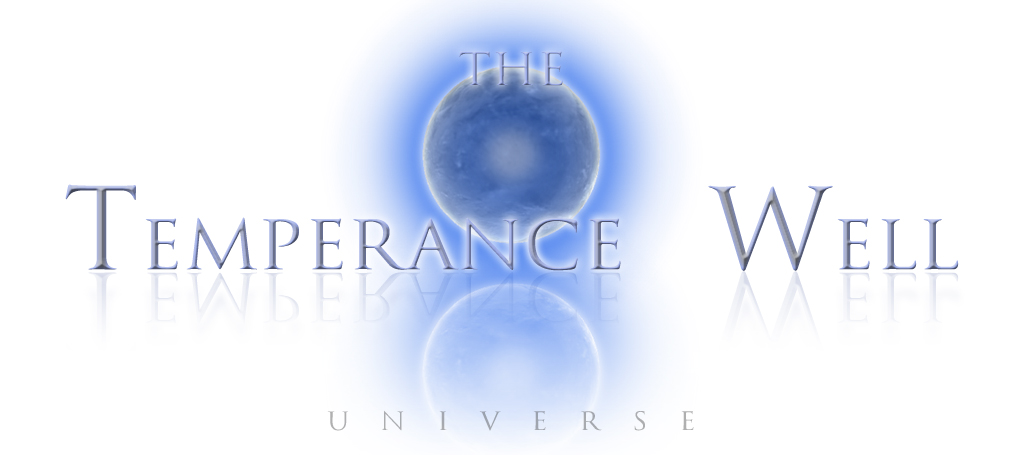Topic: Notes
A hegemony of 58 civil worlds (32 solar systems) governed from the planet Pavona, spanning at its widest 1,165 light-years across, residing in the Scutum-Centaurus Arm.
| CODES | |
| Classification | Type |
| Telleric (T) | Primary (P) |
| Subtelleric (S) | Moon (M) |
| Nontelleric (N) | Asteroid (A) |
TELLURIC CLASS WORLD 1 Habitational A type of planet most suitable for human inhabitation, notable for a large percentage of water, breathable atmosphere, moderate temperature scales, consistent climates, and a compatible biosphere or conditions to introduce a biosphere. Telluric planets are rare, with only two existing in the Expanse: Pavona and Cenestra. Others are scattered throughout the galaxy. 2 Planetological A planet comprised mostly of silicon, oxygen, and iron, and not necessarily habitable.
SUBTELLURIC CLASS WORLD Habitational A type of planet tolerable for human inhabitation, notable for breathable atmosphere and moderate temperature scales.
NONTELLERIC CLASS WORLD Habitational A world inhospitable to most forms of multicellular life requiring enclosed habitats for survival.
The list below consist of only the Civil Worlds, those worlds administrated by one or more government systems sanctioned by the Federal Architecture, and that share similar levels of social and technological advancement. Not included are many Uncivil Worlds, those worlds populated by settlers with little or no basic government systems and usually degraded social and technological levels. These worlds usually have very harsh environments but are sought for the freedoms and rights afforded by a lack of a government. While most uncivil worlds exist outside the Expanse, there are those that reside within the volume of the Expanse but are not a formal part of the hegemony.
| Aeronon | SP | Frane | NP | Ptell | NP |
| Apanna | NP | Fulcrum | NP | Ranthacore | NM |
| Athane | SM | Gossaline | NP | Sertell | NP |
| Borathane | SP | Hadrus | SP | Shauld | NP |
| Branet IV | NM | Heil Thericon | NM | Tethacon | NM |
| Cenestra | TP | Hollowstone | SM | Thaagus | SP |
| Clepsos | NP | Janto II | NM | Thunderhan | NM |
| Coldwind | NP | Jascan | NP | Tulasa | NM |
| Conette | SP | Julperia | SM | Ucoria | NP |
| Copperdown | NA | Jyperia | NM | Ureys | SM |
| Dasso Dan | SP | Kesset | SM | Utam | NP |
| Dasso Ebsina | NM | Lamtheria | NP | Valhammradorne | SP |
| Denell | NP | Latvrio | NM | Vansk | NM |
| Derelict Junction | NP | Loprus | SP | Vhamquia | SM |
| Dolothon | SP | Manatos | NM | Weringfane | NP |
| Doustair | SM | Numaeda | NP | Whold | NM |
| Epicaena | SP | Oberhan | NP | Xorinon | NP |
| Fallowspee | NM | Opricon | NM | Yamaford | NM |
| Farria | NP | Pavona | TP | ||
| Florencia | NM | Pronothon | NM |
Notes: the planet Pavona has nothing to do with the known star Delta Pavonis as it is in the neighborhood of 24,000 lightyears away, and subjectively (relative to the founding of the Pavona colony) 3500 years ahead in time from our standpoint. I have not decided how far into our future the Apaxan delivered the colony after the Exodus. However, I do not believe that knowing exactly how far into the future these events occur is important.The scattered inhabitancies lose and gain technology over the centuries so a future date is no metric for technical advancement.
Some of these planets occupy the same solar system, but I haven't decided which ones yet. And if stories don't take place on them, I may never.

